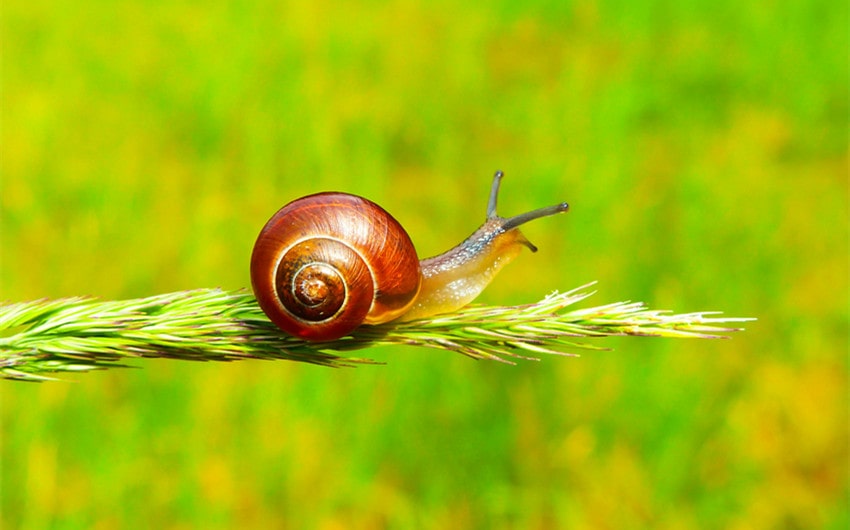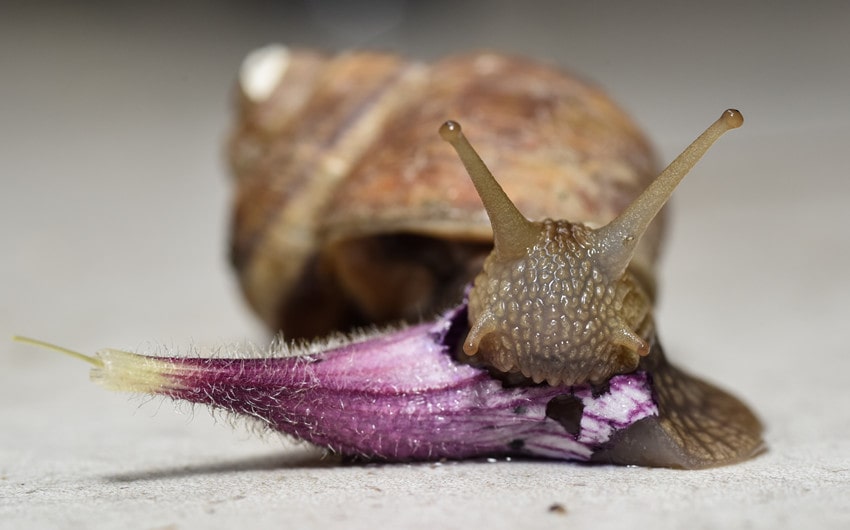Snail Teeth Facts You Didn’t Know: Nature’s Secret Weapon
You might think snails are simple creatures, but did you know they have thousands of tiny teeth? Snail teeth are unlike anything you’d expect, playing a crucial role in their everyday lives. These microscopic structures help snails scrape, grind, and break down their food, making them surprisingly efficient eaters. Understanding the fascinating world of snail teeth opens up a whole new perspective on these slow-moving creatures. Whether you’ve spotted a snail in your garden or are just curious about nature’s oddities, there’s more to these tiny teeth than meets the eye.
What Are Snail Teeth and How Many Do They Have?
Snail teeth are unlike the teeth of humans or other animals; instead, they are part of a unique structure called the radula. This ribbon-like, flexible organ is covered in thousands of tiny, sharp teeth known as denticles. Arranged in rows, these teeth work much like a conveyor belt, constantly moving to scrape, shred, and grind food into smaller, digestible pieces.
The radula’s intricate design allows snails to consume a wide range of food sources, including algae, plant material, and decaying matter. This specialized feeding mechanism is crucial to the snail’s survival, making it an efficient eater despite its slow-moving nature.
The sheer number of teeth snails possess is truly astonishing. Depending on the species, a single snail can have anywhere from a few thousand to over 20,000 teeth on its radula, making them one of the most densely toothed creatures in the animal kingdom. For instance, garden snails have around 14,000 teeth, while other species, like freshwater snails, can have even more.

How Do Snails Use Their Teeth?
Snails use their teeth in a surprisingly sophisticated way, thanks to the radula, the flexible organ covered with thousands of tiny teeth. The primary function of these teeth is to scrape food particles from surfaces, which is crucial for the snail’s diet. As the snail moves along a surface, it extends its radula to rasp away food like algae, plant material, or decaying organic matter. The scraping motion works much like sandpaper, allowing the snail to efficiently gather nutrients from hard-to-reach places, such as rocks, leaves, or even underwater surfaces.
Once the food is scraped off, the teeth on the radula grind it down further, breaking it into tiny pieces that are easier to digest. This grinding action is essential for snails because it compensates for their lack of chewing mechanisms like jaws. The constant motion of the radula moves food particles toward the snail’s digestive tract, where they are broken down and absorbed. Snails rely on this process not only to eat efficiently but also to maximize the nutrients they can extract from their often low-nutrient diet.
Interestingly, the use of their teeth also allows snails to adapt to various environments. Herbivorous snails use their teeth to graze on plants and algae, while carnivorous snails use them to hunt and consume smaller creatures or scavenge for food. The versatility of their teeth, combined with their ability to regenerate worn-down denticles, ensures that snails can exploit a wide range of food sources. This adaptability is one of the reasons snails can thrive in such diverse habitats—from gardens and forests to rivers and oceans—making their unique feeding mechanism a key factor in their survival.
Are Snail Teeth Strong? Do Snail Teeth Grow Back?
Snail teeth are incredibly strong and surprisingly durable, despite their tiny size. In fact, the teeth of some snails are made from one of the strongest natural materials on Earth, often compared to spider silk and even outperforming the strength of some metals like titanium. This durability allows snails to continuously scrape hard surfaces without their teeth breaking or wearing down too quickly.
The unique composition of their teeth, often involving chitin and other tough biological compounds, is perfectly suited for the constant grinding and scraping that defines their feeding habits. This strength is not just a fascinating fact; it’s essential to the snail’s ability to feed efficiently in a variety of challenging environments.
One of the most remarkable aspects of snail teeth is their regenerative ability. As the tiny teeth on the radula wear down from continuous use, new teeth are constantly being produced and moved forward to replace the old ones. This conveyor belt-like system of renewal ensures that snails never run out of functional teeth, allowing them to maintain their feeding capabilities throughout their lives.
The regeneration process is ongoing, meaning that snails always have a fresh set of sharp teeth ready to tackle whatever food sources they encounter. This relentless renewal is crucial, especially for snails that rely on rough, abrasive surfaces to find their food, ensuring they can adapt to different environments and continue to thrive no matter how tough the conditions.







